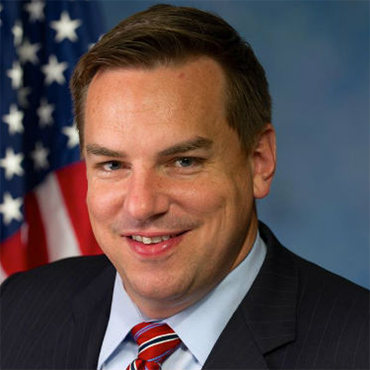Lawmakers push for smarter acquisition at TSA

'We don't have to look far to know the process is broken,' one House critic declares.

"'We don't have to look far to know the process is broken." -- Rep. Richard Hudson, speaking about TSA's acquisition system.
The Transportation Security Administration's acquisition process needs a heavy dose of fiscal and procurement discipline, according to a bipartisan group of lawmakers who introduced legislation that would require the agency to write multi-year acquisition plans and detail costs for its airport security technology.
The four co-sponsors of H.R. 2719 said the measure takes on some of the agency's most nagging technology acquisition problems.
The bill, backed by House Homeland Security Committee Chairman Michael McCaul (R-Texas), ranking member Bennie Thompson (D-Miss.), Transportation Security Subcommittee Chairman Richard Hudson (R-N.C.) and subcommittee ranking member Cedric Richmond (D-La.) would require the agency to formulate a multi-year strategic plan for security-related acquisitions, conduct cost-benefit analyses for purchases, create an inventory tracking system and reserve more space for small businesses in the acquisition process.
Because TSA was charged with some of the most visible and critical public security measures in the wake of the Sept. 11, 2001, attacks, it was initially given considerable leeway in its acquisition authority. When it joined DHS in 2003, the agency was exempt from the department's acquisition rules and the larger Federal Acquisition Regulation System (FARS). Instead, TSA procurement was subject to the Federal Aviation Administration's regulations under the Aviation and Transportation Security Act. The idea was to allow the agency to move quickly to get cutting edge technologies into the field.
The results of that experiment were mixed, and DHS brought the agency back under FARS in 2007. According to Homeland Security Committee spokespersons, TSA has had numerous, well-documented challenges in effectively developing, acquiring and deploying technologies. The equipment would not be covered under the pending Federal Information Technology Acquisition Reform Act (FITARA) because its capabilities run well beyond the scope of office IT.
TSA has traveled a somewhat rocky road in the last few years with its checkpoint explosives- and weapons-detection systems. TSA removed all 250 Rapiscan backscatter X-ray scanners from airports around the country after mounting criticism of the machines' realistic screen images. In 2010, it spent $30 million on explosives trace detection machines that were found to be ineffective. They were eventually removed from service.
"We don't have to look far to know the process is broken," Hudson, the subcommittee chairman, said at a July 17 hearing about stakeholders' perceptions of TSA acquisitions.
McCaul also admonished the agency. "For too long, TSA has struggled with efficiently testing, investing in and deploying new technology. According to DHS Inspector General, mismanagement has left $185 million in taxpayer-funded equipment, some unusable or outdated, locked up in warehouses," the full committee chairman said in a statement.
Larry Allen, president of Allen Federal Business Partners, said in an interview with FCW that it was time for TSA to move beyond the relatively free hand it was initially given to a more formalized acquisition process as budgets tighten and technology matures.
Beyond mandating an acquisition plan and cost-benefit analysis, the legislation also would establish and track baseline program requirements such as estimated costs, schedules, milestones, identified risks and risk-mitigation plans. It also would require that existing equipment be deployed before more was purchased, create a process to track inventory and publish goals for contracting with small and disadvantaged businesses.
Testifying at the July 17 hearing, Marc Pearl, president and chief executive officer of the Homeland Security & Defense Business Council, had specific suggestions on how the agency and stakeholders could better communicate to serve the needs of both.
TSA, he said, could hold forums on general needs and conceptual frameworks well in advance of program launches or the signing of contracts. Smaller, more focused industry days would also be effective in getting stakeholders involved early in the process.
Pearl said the agency should rely less on requests for information and more on draft requests for proposal to speed the process along. He added that TSA should also create an acquisition timeline model and acquisition status dashboard to keep stakeholders informed of the status of projects.





